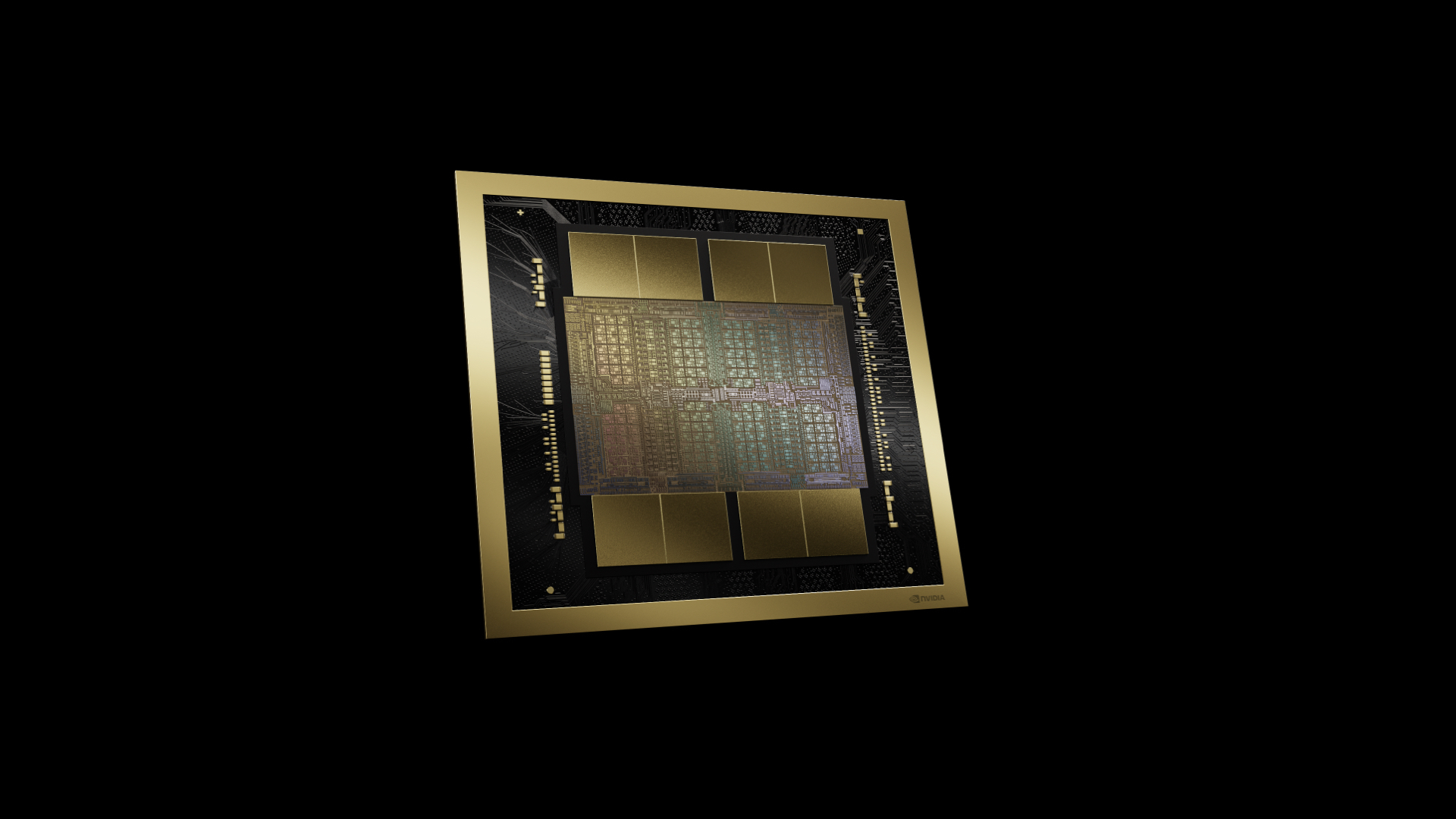
Renowned and avid leaker Kopite has detailed Nvidia's RTX 5070 family, and the overall bump in specs over Ada Lovelace is a mixed bag, at least on paper. The leaker has a proven track record, having previously leaked the RTX 5090 and RTX 5080 specifications. The RTX 5070 family comprises the RTX 5070 Ti and the base RTX 5070. Rumor has it that Nvidia will debut Blackwell with the RTX 5090, RTX 5080, and the RTX 5070 family at CES next month.
According to the leaked data from Kopite, the RTX 5070 Ti sports the GB203-300-A1 die, similar to the RTX 5080, and has 8960 CUDA cores or 70 SMs; 16% more than the RTX 4070 Ti. Over a 256-bit interface, the RTX 5070 Ti gets 16GB of GDDR7 VRAM, rumored to run at 28 Gbps for a total bandwidth of 896 GB/s. This puts the RTX 5070 Ti quite close to the RTX 5080 despite the 20% delta in core counts.
For context, the RTX 4080 and 4070 Ti had a noticeable spec gap, pushing Nvidia to price them almost $400 apart. It is reasonable to expect that this delta will not be as large with Blackwell, but the ball is in Nvidia's court. The RTX 5070 Ti is expected to chug 300W of power, 15W more than its predecessor.
Moving on, the RTX 5070 is allegedly powered by the GB205-300-A1 die. This is a step down against the RTX 4070, featuring AD104-250, an XX104 class GPU, and a tier higher than XX105/205 class GPUs. The smaller die lands the RTX 5070, resulting in a significant reduction in core counts to 6144 CUDA cores, though that's still 4% more than the RTX 4070. That aside, it offers 12GB of GDDR7 memory across a 192-bit interface for 672 GB/s of bandwidth. The TDP is slightly higher at 250W, 25% more than the RTX 4070.
The RTX 5080's substantial reduction in specs as compared to the RTX 5090 has set an underwhelming tone for the remaining Blackwell lineup. While the RTX 4090 had 68% more cores than the RTX 4080, this disparity has increased to 102% generation-over-generation, at least according to the unconfirmed leaks.
Samsung is expected to initiate mass production of its GDDR7 24Gb (3GB) memory early next year. A potential RTX 50 Super refresh could employ these newer modules for 50% higher VRAM capacities, but that's speculation. Theoretically speaking, Nvidia could announce a 48GB RTX 5090 SUPER, but it doesn't have to since both Intel and AMD have dropped out of the high-end market. Users demanding higher VRAM capacities, likely for AI, will have to pay through the nose and opt for Nvidia's Blackwell data center accelerators or future Blackwell workstation GPUs.







